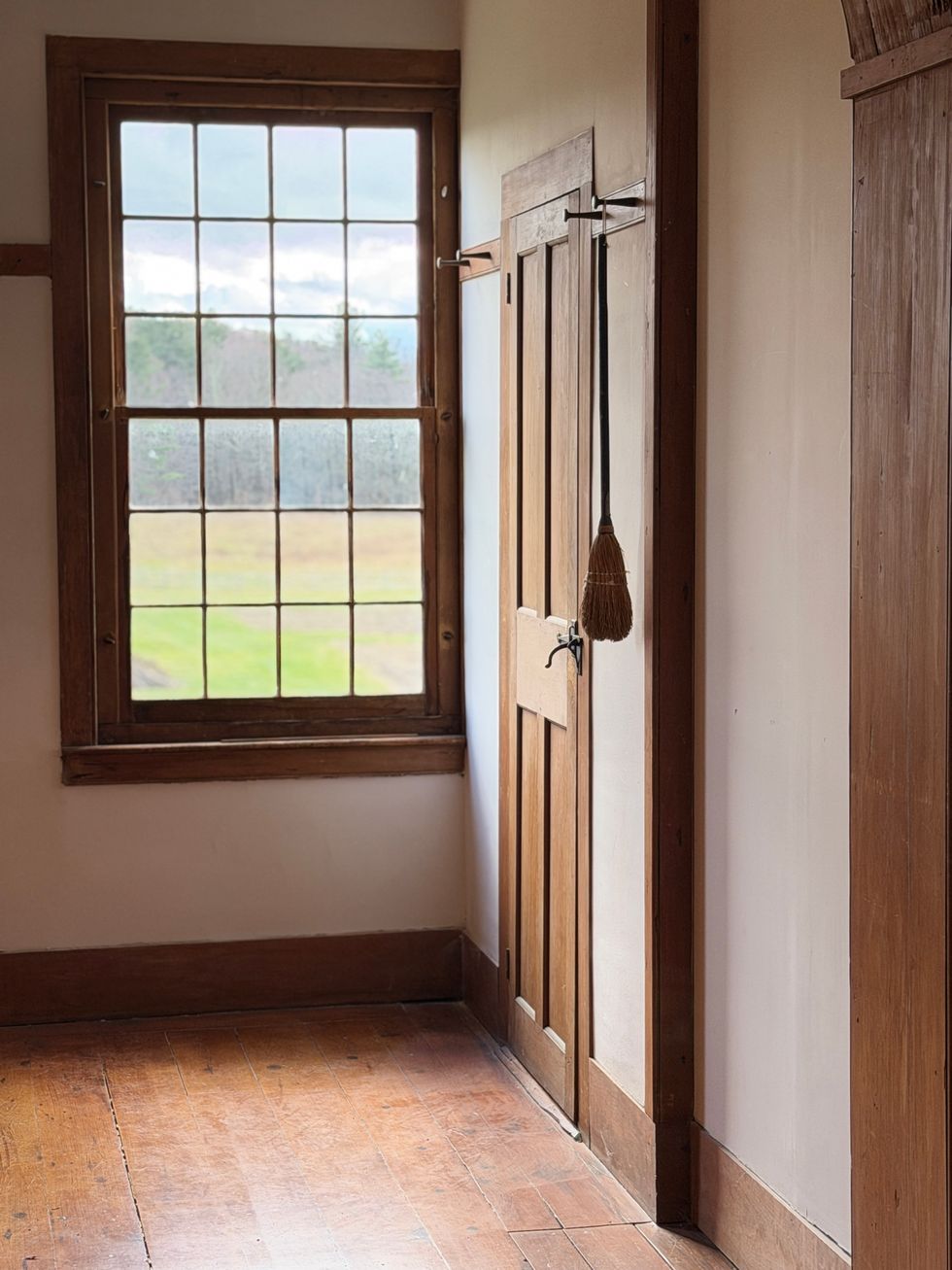Eversource seeks 19% rate hike for CL&P customers

Millstone nuclear power station.
Photo by Sean D. Elliot/The Day of New London

Millstone nuclear power station.
Eversource filed a request Thursday, Feb. 15 for a $784 million rate adjustment that would bump its Connecticut Light & Power (CL&P) electric rates by nearly 19%, costing an average residential customer an additional $38 a month May 1.
The United Illuminating Company, an Avangrid subsidiary and the smaller of Connecticut’s two regulated electric monopolies, filed a request Friday, Feb. 16 to raise rates by 12%, or $26 a month, on May 1.
Twice a year, the utilities seek rate adjustments to recover costs imposed by public policies, notably a directive that they purchase electricity at a favorable rate from Millstone, the state’s last nuclear plant and its biggest source of carbon-free power.
Eversource said the Millstone credit authorized by the General Assembly in 2017 caused $605 million of the $784 million in unrecovered costs; another $160 million is blamed on mandated benefits for the poor and medical hardship cases.
The filing comes as Eversource is looking to raise cash by selling Aquarion Water to offset a one-time $1.9 billion loss on off-shore wind investments and a day after it told stock analysts that Connecticut regulators were making its cash crunch worse.
Eversource complains that a change that the Public Utilities Regulatory Authority (PURA) unanimously adopted in December 2020 in its methodology for assessing biannual rate adjustments have slowed cost recovery.
The company’s cash issues were “primarily driven” by PURA’s shift in methodology away from forecasts of recoverable costs to using actual costs in the previous year as a benchmark, said John M. Moreira, the Eversource chief financial officer.
“We’ve been significantly under-recovered at the CL&P franchise in 2023 by a sizable amount, close to $1 billion,” Moreira told stock analysts on an earnings call Wednesday.
Eversource offered no estimate, however, of how using the older methodology would have mitigated the proposed increase by allowing some cost recovery earlier. Eversource proposed Thursday that the increase be phased in.
The criticism of PURA has a broader subtext: Eversource and Avangrid, the owner of United Illuminating, have been urging Gov. Ned Lamont not to reappoint Marissa P. Gillett, the authority’s chair, to another term.
Gillett declined comment on the filing. Neither she nor the other two commissioners, John W. Betkoski III and Michael Caron, were mentioned by name in the Eversource filing or accompanying letter or press statement.
Two lawmakers on the Energy and Technology Committee said they saw new messaging around the filing as part of the broader campaign against Gillett.
“It’s pretty clear that the utilities are not a great fan of Marissa Gillett,” said Sen. Ryan Fazio, R-Greenwich. “I think she has the interest of consumers at heart, and whether every decision she and the other commissioners make is right or wrong is a complicated question. Each of those decisions should be examined and judged on their merits.”
He called the campaign against her “untoward.”
Sen. Norm Needleman, D-Essex, co-chair of the committee, was blunter.
“In my opinion, they are just trying to get her fired. And that’s as simple as it is,” Needleman said.
Lamont has both praised Gillett for her close oversight of utilities’ expenses and rates, but he has urged her to work more collaboratively with her two colleagues on the PURA commission as well as the companies.
The governor’s office reacted with caution Thursday night.
“We need to review the filing. We agree that we ought to work together to lower electric costs,” said Julia Bergman, the governor’s spokeswoman. “We’ll continue to collaborate with all the parties to do that.”
Whether the numbers are correct, the types of expenses claimed by Eversource clearly are recoverable, lawmakers said. Fazio said the methodology challenged by Eversource did not change that.
The ranking House Republican, Rep. Bill Buckbee of New Milford, blamed Democratic policies.
“This proposed rate increase comes at a time when residents simply cannot afford to pay more out of pocket to cover the financial ramifications of policy decisions that have been made by the Democrat-controlled legislature, the governor’s office, and his regulators,” Buckbee said.
Actually, the Millstone bill had more Republican support in the House than Democrat — Buckbee among them. In 2017, Republicans held half the seats in the Senate and were five short of a majority in the House. The governor was a Democrat, Dannel P. Malloy.
At the time, Millstone’s profits were eroded by competition from electricity generated by what then was plentiful and cheap natural gas, and its owner said its future was threatened without help.
The bill allowed the Department of Energy and Environmental Protection and PURA to permit Millstone to compete in a more favorable market against solar, wind and hydro power that commands higher prices.
What resulted was a fixed price for much of the electricity generated by Millstone. Eversource and Avangrid would buy it and immediately resell it on the competitive market.
When the market prices were low, the utilities took a loss that PURA would let them recover from ratepayers. When the prices rose, as occurred during the first year of the war in Ukraine, the utilities turned a profit on the Millstone power that flowed back to ratepayers.
Millstone’s electricity is once again above market rates, meaning UI and Eversource are owed a recovery of their costs.
“Now we’ve got to pay the piper,” said Rep. Jonathan Steinberg, D-Westport, co-chair of energy. “There’s not much way around it, and they stand on very firm ground with that one aspect.”
Sharon Center School
SHARON — A Sharon Center School staff member discovered a “facsimile firearm” behind a file cabinet around 2 p.m. Wednesday, Dec. 10, prompting an immediate response from State Police and a same-day notification to parents, according to police officials and an email obtained by The Lakeville Journal.
Melony Brady-Shanley, the Region One Superintendent, wrote in the email that, upon the item’s discovery, “The State Police were immediately notified and responded to the building.”
A canine team was brought in to sweep the building to confirm no additional items were present, “and the building has been fully cleared. The State Police consider this an isolated incident and not criminal in nature,” Brady-Shanley wrote.
State Police explained, “Troopers from Troop B - North Canaan were dispatched to the Sharon Center School for reports of a firearm located in a closet. The firearm was determined to be a non-firing, replica firearm... There was no threat to the school or the public.”
Brady-Shanley emphasized in the e-mail that “the safety and well-being of our students and staff remain our highest priority at all times. We will continue to follow and strengthen our safety protocols to ensure that our schools remain secure, supportive environments for learning.”
The Stone Round Barn at Hancock Shaker Village.
My husband Tom, our friend Jim Jasper and I spent the day at Hancock Shaker Village in Pittsfield, Massachusetts. A cold, blustery wind shook the limbs of an ancient apple tree still clinging to golden fruit. Spitting sleet drove us inside for warmth, and the lusty smells of manure from the goats, sheep, pigs and chickens in the Stone Round Barn filled our senses. We traveled back in time down sparse hallways lined with endless peg racks. The winter light was slightly crooked through the panes of old glass. The quiet life of the Shakers is preserved simply.

Originally founded in England, the Shakers brought their communal religious society to the New World 250 years ago. They sought the perfection of heaven on earth through their values of equality and pacifism. They followed strict protocols of behavior and belief. They were celibate and never married, yet they loved singing and ecstatic dancing, or “shaking,” and often adopted orphans. To achieve their millennialist goal of transcendental rapture, we learned, even their bedclothes had to conform: One must sleep in a bed painted deep green with blue and white coverings.
Shakers believed in gender and racial equality and anointed their visionary founding leader, Mother Ann Lee, an illiterate yet wise woman, as the Second Coming. They embraced sustainability and created practical designs of great utility and beauty, such as the mail-order seed packet, the wood stove, the circular saw, the metal pen, the flat broom and wooden clothespins.
Burning coal smelled acrid as the blacksmith fired up his stove to heat the metal rod he was transforming into a hook. Hammer on anvil is an ancient sound. My husband has blacksmithing skills and once made the strap hinges and thumb latches for a friend’s home.
Shaker chairs and rockers are still made today in the woodworker’s shop. They are well made and functional, with woven cloth or rush seats. In the communal living space, or Brick Dwelling, chairs hang from the Shaker pegs that run the length of the hallways, which once housed more than 100 Shakers.

In 1826, the 95-foot Round Stone Barn was built of limestone quarried from the land of the 3,000-acre Hancock Shaker Village. Its unique design allowed a continuous workflow. Fifty cows could stand in a circle facing one another and be fed more easily. Manure could be shoveled into a pit below and removed by wagon and there was more light and better ventilation.
Shakers called us the “people of the world” and referred to their farm as the City of Peace. We take lessons away with us, yearning somehow for their simplicity and close relationship to nature. One Shaker said, “There’s as much reverence in pulling an onion as there is in singing hallelujah.”
A sense of calm came over me as I looked across the fields to the hills in the distance. A woman like me once stood between these long rows of herbs — summer savory, sage, sweet marjoram and thyme — leaned on her shovel brushing her hair back from her eyes, watching gray snow clouds roll down the Berkshires.
More information at hancockshakervillage.org

Exterior of Lakeville Books & Stationery in Great Barrington.
Fresh off the successful opening of Lakeville Books & Stationery in April 2025, Lakeville residents Darryl and Anne Peck have expanded their business by opening their second store in the former Bookloft space at 63 State St. (Route 7) in Great Barrington.
“We have been part of the community since 1990,” said Darryl Peck. “The addition of Great Barrington, a town I have been visiting since I was a kid, is special. And obviously we are thrilled to ensure that Great Barrington once again has a new bookstore.”
The second Lakeville Books & Stationery is slightly larger than the first store. It offers more than 10,000 books and follows the same model: a general-interest store with a curated mix of current bestsellers, children’s and young readers’ sections; and robust collections for adults ranging from arts and architecture, cooking and gardening, and home design to literature and memoirs. Anne reads more than 150 new titles every year (as many as a Booker Prize judge) and is a great resource to help customers find the perfect pick.
A real-time inventory system helps the store track what’s on hand, and staff can order items that aren’t currently available. There is also a selection of writing and paper goods, including notecards, journals, pens and notebooks, as well as art supplies, board games, jigsaw puzzles and more. The owners scour the stationery trade shows twice a year and, Darryl says, “like to tailor what we offer to suit the interest of our customers in each market.”
The Pecks know what it takes to run a successful local enterprise. Darryl has a 53-year background in retail and has launched several successful businesses. He and Anne owned and operated a bookstore on St. Simons Island, Georgia, from 2019 to 2025. They are tapping into their local roots with both stores. They raised their family in Sharon, and their daughter Alice, a native of the Northwest Corner, manages the Lakeville store.

The family values the role that a retail store plays as a supporting partner in the community, and they prioritize great management in both locations, hiring and training talent from local communities. Their 10 team members across both stores are from the area, and two of the Great Barrington employees previously worked at Bookloft.
Darryl and Anne’s attention to customer service is everywhere apparent and adds to the enjoyable and irreplaceable in-store shopping experience. The books are in pristine condition, eliminating the risk of damage that sometimes occurs during shipping. This is especially important for books that will live on people’s shelves and coffee tables for years.
Darryl says, “People love the in-store discovery — you find books you didn’t know existed, which is very difficult to do on a website. Also, many customers depend on our recommendations when visiting. There is a saying about bookstores versus online ordering: We may not have exactly what you were looking for, but we have what you want.”
Lakeville Books & Stationery’s Great Barrington store is open 7 days a week, Monday-Saturday, 10 a.m. to 6 p.m., and Sunday, 11 a.m. to 5 p.m. Parking is available in the lot behind the building and in the parking lot behind the firehouse. The entrance to the store is accessible from the store parking lot.
For more information, go to lakevillebooks.com., and sign-up for the Lakeville Books newsletter.
Richard Feiner and Annette Stover have worked and taught in the arts, communications, and philanthropy in Berlin, Paris, Tokyo and New York. Passionate supporters of the arts, they live in Salisbury and Greenwich Village.